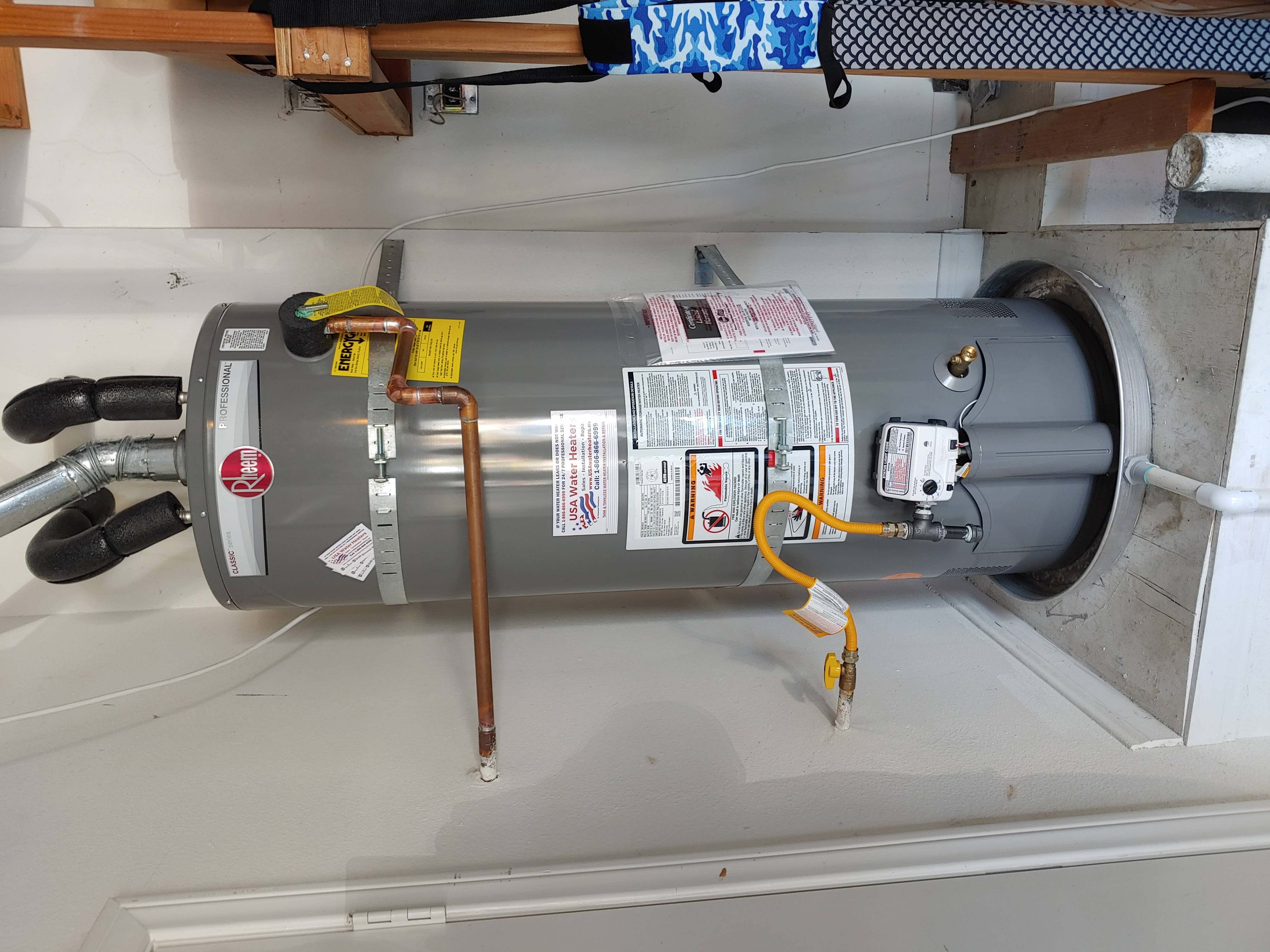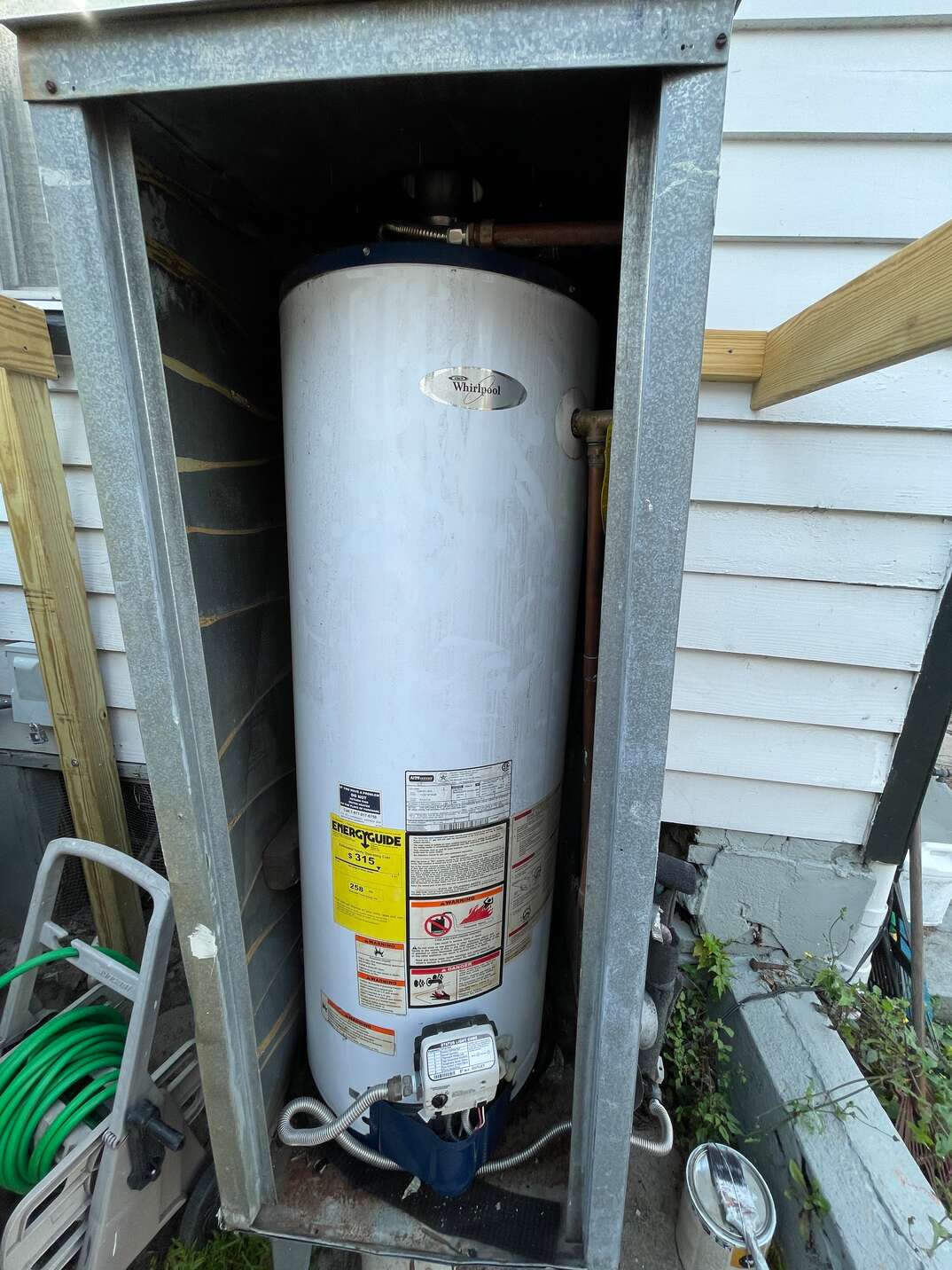Skilled water heater installation professionals serving Brea homes
Wiki Article
Do It Yourself Water Heater Installment: Essential Steps for Success
When taking into consideration a Do it yourself water heating unit installation, it is vital to approach the job with a systematic mindset, as the process involves numerous important actions that can considerably influence both safety and security and performance. Picking the ideal water heating unit for your specific demands is just the beginning; preparing the setup area and recognizing the necessary tools and products are equally essential.Choosing the Right Hot Water Heater
When picking a water heating unit, it is necessary to think about a number of key variables to guarantee optimal efficiency and effectiveness - water heater installation. To start with, review the kind of hot water heater that finest matches your requirements. Alternatives include tankless, tank, and heatpump water heating systems, each offering distinct advantages in regards to power performance and space needsA bigger family members might require a device with a better gallon ability or a tankless system that can give continual hot water. Each energy kind has implications for installation costs and long-lasting power costs.
Power efficiency is one more important variable. By meticulously assessing these aspects, you can select a water heating system that straightens with your home's details needs, making sure comfort and effectiveness for years to come.
Tools and Products Needed
Effectively mounting a hot water heater needs not only the ideal option of unit but also the proper tools and products. Before starting your DIY task, ensure you have an extensive checklist of products to assist in a smooth installation procedure.
Important devices include a monkey wrench, flexible pliers, and a screwdriver set (both flathead and Phillips), which will certainly help you handle various fittings and links. Furthermore, a drill with ideal bits is required for placing brackets or making any needed holes. For safety and security, a voltage tester is vital, specifically when handling electrical hot water heater.
When it comes to materials, acquire Teflon tape to make sure watertight links on threaded installations. You will certainly also require an adaptable water supply line, which can be either braided stainless-steel or PVC, depending on your choices and local codes. Don't forget to equip up on fittings, such as elbow joints and couplings, to connect the plumbing safely. Finally, a frying pan or drip tray can aid handle any type of possible leakages, giving an included layer of security. By collecting these materials and tools in advance, you set the phase for an effective hot water heater installation.
Getting Ready For Installation
Before starting the installation of your water heater, it is essential to assess the installment site to guarantee it fulfills all required demands. Begin by validating that the location is well-ventilated, especially for gas water heaters, to avoid the build-up of harmful gases. Examine for the accessibility of necessary connections, including supply of water lines and electrical outlets, guaranteeing they remain in good problem and appropriately located.
Additionally, examine the existing pipes and electrical systems to determine if repair work or upgrades are needed prior to setup. This aggressive method not only makes certain conformity with regional building ordinance but additionally improves the durability and performance of the water heating unit. Collect all called for permits, if needed, to avoid legal difficulties later. Correct preparation establishes the stage for a smooth setup procedure and assists protect against unforeseen concerns.
Step-by-Step Setup Process
With the prep work total and all needed analyses carried out, the next stage includes the step-by-step setup of your water heater. For tank-type water heating systems, attach the chilly water supply line to the inlet, generally marked in blue, and the warm water line to the outlet, generally assigned in red.Next, secure the temperature and stress relief valve, which is necessary for security. Connect the discharge pipe to this valve, guiding it in the direction of the flooring or an ideal drain location. For electrical designs, connect the power supply by stripping the cords and protecting them to the heater's terminals according to the manufacturer's directions.
If you are setting up a gas hot water heater, make sure the gas line is linked appropriately and look for leakages utilizing a soap remedy. After all links are made, fill the tank with water before switching on the power or gas supply. Finally, enable the hot water heater to reach the preferred temperature level and look for any kind of leaks around all connections.
Ensuring Safety And Security and Performance
Frequently ensuring security and effectiveness throughout the installment and operation of your water heater is essential for ideal efficiency and long life. Begin by selecting an ideal location that follows regional building codes and supplies appropriate air flow. Make certain that the location is cost-free from combustible materials and has sufficient room for maintenance and evaluations.
After installment, conduct regular look at the system to detect leaks, deterioration, or uncommon sounds. Set the thermostat to a secure temperature level, commonly around 120 ° F, to stop scalding and improve energy effectiveness. Protect pipes to reduce heat loss, which adds to reduce power costs.
Verdict
In verdict, effective DIY water heating system installation pivots on careful preparation and implementation. Selecting the suitable water heating system, preparing the installation location, and following a methodical installation process are essential actions.When considering a Do it yourself water heating system setup, it is crucial to approach the job with a systematic frame of mind, as the procedure entails several important actions that can substantially influence both safety and effectiveness.Prior to starting the installation of your water heating unit, it is important to evaluate the setup website to guarantee it meets all required demands. For tank-type water heating systems, link the chilly water supply line to the inlet, typically marked in blue, and the hot water line to the electrical outlet, generally marked in red.Regularly ensuring safety and effectiveness throughout the installment and procedure of your water heating system is crucial for optimum performance and longevity. Choosing the suitable water heating unit, preparing the setup location, and complying with a systematic installation process are important steps.
Report this wiki page